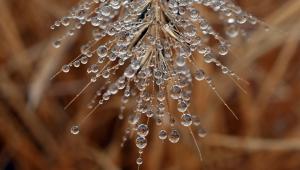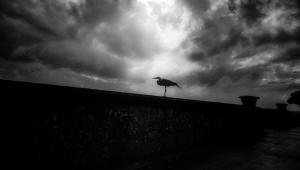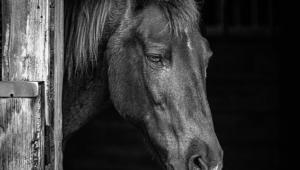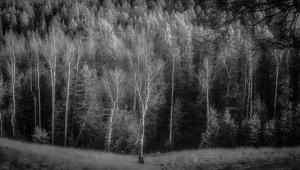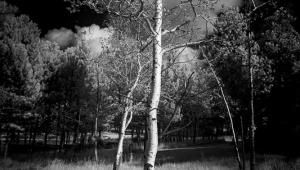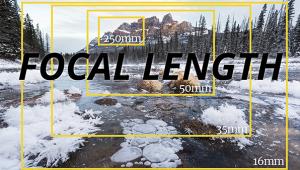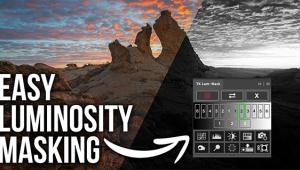The New Epson Stylus Photo R2400; A 13x19” Printer For All Purposes Page 2
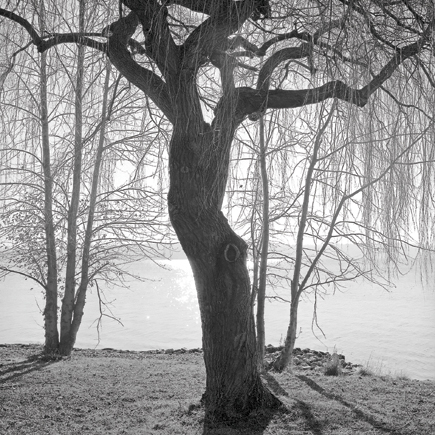 |
|
|
Although there was some gossip to the effect that the R2400 might not be equal
to the R1800 in reproducing some subject colors, my R2400 print results did
not support that idea at all. Even the most complex and subtle variations of
colors in nature and people's faces reproduced as well if not better than
was evidenced in prints I made quite recently with the R1800. In all respects
the color intensity and density potential in prints claimed in Epson's
description of the printer were born out in the results. In particular, print
image D-max is quite high without any over-inking in the densest image areas.
This artifact is sometimes referred to as bronzing, where the image surface
appearance is changed in the darkest image areas.
In a similar vein, the new UltraChrome K3 ink does reproduce well on resin-coated
papers, like Premium Luster, preserving the same surface sheen across the entire
printed image, which precisely matches the unprinted border and specular highlights.
I found the Epson UltraSmooth Fine Art Paper was one of the best papers to bring
out the capabilities of the new R2400 printer, along with Epson Velvet Fine
Art Paper.
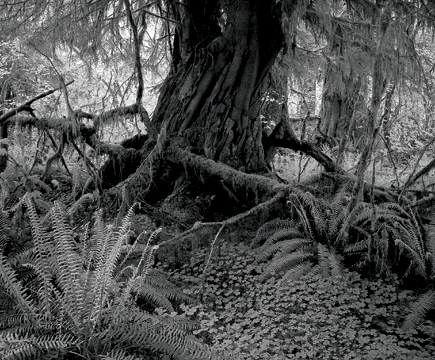 |
|
|
After producing a hefty stack of 13x19 color prints with consistently superior
results I felt I was free to enjoy the dessert and have fun trying out the R2400's
advanced black and white mode. Fortunately I had some images I recently printed
for the article that involved my newly converted Epson 2000P to a dedicated
black and white printer.
But I also wanted to try printing some old favorites and dug out the scan files
to review and carefully tweak each for printing.
With this black and white print series of 13x19 prints I again used the selection
of Epson media and third-party papers I'd test printed for the color series.
This time the black and white prints made with the Epson UltraSmooth Fine Art
Paper resulted in even more impressive prints. Of all the truly matte papers,
UltraSmooth reproduced blacks with the greatest depth I've seen, far surpassing
anything in silver-based photo papers that were available in the past. On the
other hand, the Premier Art Luster Rag printed with the R2400 in advanced black
and white mode makes a print which most closely resembles the hundreds of silver-based
prints I had done in my wet darkroom days on double-weight glossy fiber-based
enlarging paper and then air dried.
But the exceptional quality results were not limited to the more expensive papers.
Even the very modest Epson Heavyweight Matte Paper reproduces a level of print
quality with excellent tonal separation and detail definition, with just a little
less of a D-max black density. With the resin-type Premium Epson papers like
Luster, the maximum density is close to that of the best fine art papers, producing
brilliant results with punchy, dramatic images. However, with subtler subjects
containing delicate tonal details I find greater favor for even the modest-cost
fiber matte papers like Epson Watercolor and Enhanced Matte.
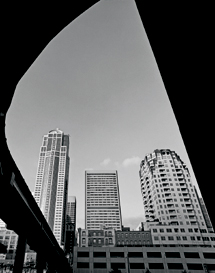 |
|
|
My experience with the new advanced black and white mode Epson driver was
a mix of easy control and frustration. The black and white Color Toning functioned
easily with either the presets of Warm, Cool, or Sepia. The Fine Adjustment
allowed for accurate selection of black and white tonal color, using an interactive
thumbnail image included in the control window. Again, this yielded a predictable
print result.
The Tone controls, however, with their sliders for Brightness, Contrast, Shadow,
and Highlight Tonality as Maximum Optical Density were difficult to adjust on
the basis of either the thumbnail or a much larger on-screen representation
when the Preview button was clicked at the bottom of the window. If a black
and white print made initially with Tone set at Normal was not quite what I
expected in a print, I found it much easier to make small image adjustments
using Photoshop's tools, comparing the print to the image displayed on
screen. If the Preview screen reproduction was actually in Photoshop's
work space and the slider controls were interactive with the Preview image,
the advanced black and white dialog would be more effective.
Overall, based on a big pile of 13x19 prints made with the R2400 there was not
one that was inferior to images I've made with its predecessor, the Stylus
Photo 2200. I must say, though, and it seems logical to me, the most dramatic
demonstration of the R2400's potential was realized using the highest
quality fine art papers. For some I am sure that may be a too pricey way to
print, but there is a saving grace. Usually when I test a printer for a report
I have to call my PR contact and ask for more ink. Not with the R2400. I was
surprised after printing just about as many 13x19 prints I have made testing
other same size printers, like the R1800 recently, I had not used up all of
the two inksets Epson supplied with the printer. This is definitely the most
ink frugal 13" wide printer I have tested.
Evaluation And Recommendation
Even if a photographer is looking at the new Epson Stylus Photo R2400 as a replacement
for a 2200 to print only color, the improvement in results is significant and
justifies an upgrade, even at the slightly higher MSRP of $849. But if you are
a photographer who also has a need or desire to make black and white prints,
you get two printers in one at a bargain price for each. So how about the photographer
that's exclusively black and white? Considering what the options are,
and I have a dedicated black and white printer, I'd prefer the Epson R2400.
For more information and a full list of specifications, visit the Epson website
at: www.epson.com. You may
also write Epson America, Inc. at 3840 Kilroy Airport Way, Long Beach, CA 90806
or call them at (800) 463-7766 or (562) 981-3840.
- Log in or register to post comments











